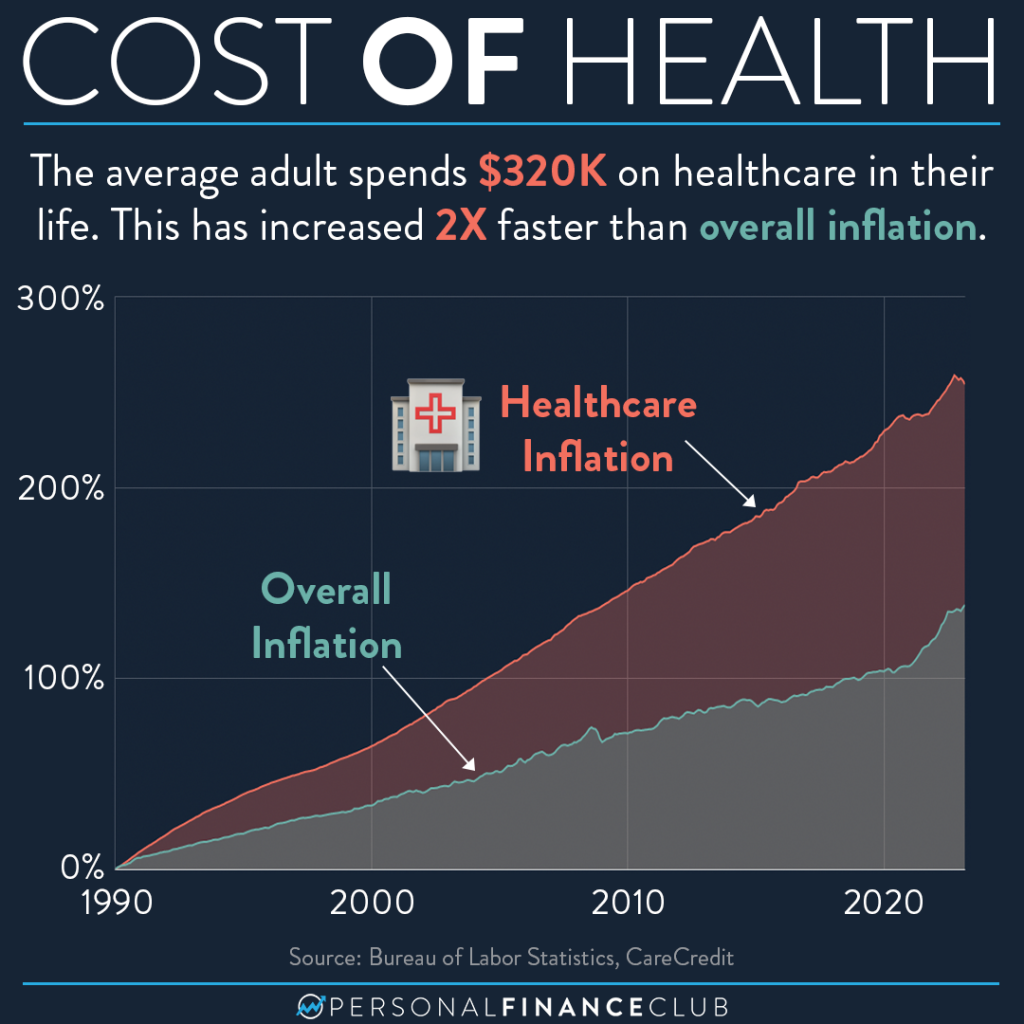Just How to Apply Healthcare RCM for a Smooth Earnings Cycle
Just How to Apply Healthcare RCM for a Smooth Earnings Cycle
Blog Article
A Comprehensive Guide on Exactly How Medical Care RCM Functions to Streamline Invoicing and Collections
Navigating the intricacies of health care earnings cycle management (RCM) is crucial for carriers aiming to boost their payment and collections processes. The guide unloads the details of RCM, from client registration to accounts receivable monitoring, supplying insights right into optimizing each action.
Understanding Profits Cycle Monitoring
Understanding the details of Income Cycle Administration (RCM) is necessary for medical care companies intending to maximize their financial efficiency. RCM is an essential administrative function that encompasses the entire monetary process of individual treatment, from the first consultation establishing to the last payment of the balance. It is a complex procedure created to recognize, accumulate, and take care of the revenue from the services offered to individuals. Efficient RCM guarantees that medical care suppliers obtain timely and exact settlements, minimizing the risk of earnings loss and boosting money flow.
The RCM procedure begins when a patient timetables a consultation and prolongs through the patient's treatment trip, including billing and collections. A crucial goal is to lower the time between getting and giving a service settlement, thus boosting the organization's monetary health. RCM involves different functions such as patient registration, insurance verification, cost capture, coding, claims entry, settlement posting, and managing allures and rejections.
Secret Parts of RCM
In the world of Profits Cycle Administration (RCM), comprehending its essential elements is fundamental to achieving monetary performance within healthcare organizations. RCM is a thorough process that encompasses different phases, each crucial to making certain effective billing and collections. The main parts consist of patient registration, insurance policy confirmation, fee capture, coding, case submission, settlement publishing, and balance due management.


Once coded, insurance claims are sent to payers, where accuracy is vital to stay clear of denials or hold-ups - Healthcare RCM. Settlement uploading entails recording the received payments, which enables the settlement of accounts. Last but not least, receivables monitoring concentrates on monitoring and dealing with unsettled claims, guaranteeing timely follow-up and resolution
Each component of RCM is adjoined, and inadequacies in any type of part can disrupt the entire cycle. Therefore, mastering these elements is essential for doctor to enhance revenue and enhance their economic wellness.
Approaches for Reliable Payment

Standardizing billing treatments across the company is one more key strategy. Developing clear guidelines for paperwork, coding, and entry aids preserve consistency and conformity with governing needs. Training team frequently on these treatments guarantees everybody is current with the most up to date adjustments in invoicing codes and payer policies.
Accurate cost capture is necessary in protecting against revenue leak. Implementing regular audits and tracking systems enables the recognition and correction of inconsistencies before they impact profits. Furthermore, preserving open lines of communication with payers aids to promptly resolve any conflicts or misconceptions that may arise.

Last but not least, engaging clients early in the billing procedure by offering clear price quotes and academic products about their economic duties can considerably reduce confusion and improve repayment timeliness. These strategies collectively add to a more financially healthy and balanced and reliable payment system.
Enhancing Collections Processes
Offered the intricacies of medical invoicing and the variety of payer demands, boosting the collections procedure includes executing calculated actions that make certain exact and prompt repayment of services rendered. Automation devices can aid in tracking insurance claim conditions, sending out prompt reminders to individuals, and managing denials much more successfully.
Training personnel to comprehend the subtleties of insurance plan and invoicing codes is similarly essential. This expertise encourages them to attend to invoicing discrepancies promptly and communicate properly with people concerning their economic obligations. Additionally, clear and clear client communications are important. Providing detailed descriptions of charges and supplying adaptable payment plans can boost patient contentment and punctual payments.
Routine audits of the collections procedure ought to be performed to determine locations for renovation and guarantee conformity with laws. By analyzing data, healthcare companies can determine fads, anticipate prospective concerns, and adapt approaches appropriately (Healthcare RCM). Ultimately, a well-enhanced collections procedure not only supports financial health but also adds to an extra smooth experience for clients and personnel alike
Optimizing Revenue Streams
Building upon the structure of a solid collections procedure, healthcare organizations can even more strengthen their economic stability by purposefully maximizing profits streams. This entails a multi-faceted strategy, starting with a comprehensive analysis of existing revenue sources to identify ineffectiveness and you could look here areas for development. Using advanced data analytics devices allows companies to get insights into payer mix, client demographics, and service application patterns, permitting data-driven decisions that boost profits capture.
Executing automated billing systems can dramatically lower mistakes and expedite cases refining, ensuring that earnings is accumulated much more successfully. Moreover, optimizing payer contracts via normal negotiations can boost compensation prices and terms, directly impacting the bottom line. Branching out solution offerings, such as incorporating telehealth or wellness programs, can likewise bring in a broader patient base, hence increasing income capacity.
One more important element is improving client involvement and complete satisfaction, as satisfied clients are more most likely to abide by treatment strategies and make prompt payments. Offering versatile repayment alternatives and clear invoicing practices can enhance collections and foster patient loyalty. Healthcare RCM. By adopting these methods, health care organizations can create a much more resistant monetary structure, making certain sustained growth and security in an ever-changing sector landscape
Final Thought
In final thought, healthcare Profits Cycle Management (RCM) plays an essential function in optimizing payment and collections procedures by incorporating crucial parts such as individual enrollment, insurance verification, fee capture, visit this site right here coding, asserts entry, and balance due administration. By utilizing sophisticated modern technology, systematizing procedures, and cultivating person engagement, health care providers can substantially decrease claim denials, speed up payment cycles, and boost cash circulation. This comprehensive approach to RCM eventually results in boosted monetary efficiency and sustainability for healthcare companies.
The RCM procedure starts when a patient timetables a visit and expands with the person's care trip, consisting of payment and collections.Another critical component is improving individual interaction and fulfillment, as pleased people are more most likely to adhere to treatment strategies and make prompt repayments. Offering flexible repayment alternatives and transparent payment techniques can enhance collections and foster individual loyalty.In verdict, healthcare Revenue Cycle Monitoring (RCM) plays a crucial duty in optimizing invoicing and collections processes by integrating key elements such as individual enrollment, insurance policy verification, charge capture, coding, asserts entry, and accounts receivable administration. By employing innovative modern technology, systematizing procedures, click here to read and promoting patient involvement, health care service providers can considerably decrease case denials, increase settlement cycles, and boost cash flow.
Report this page